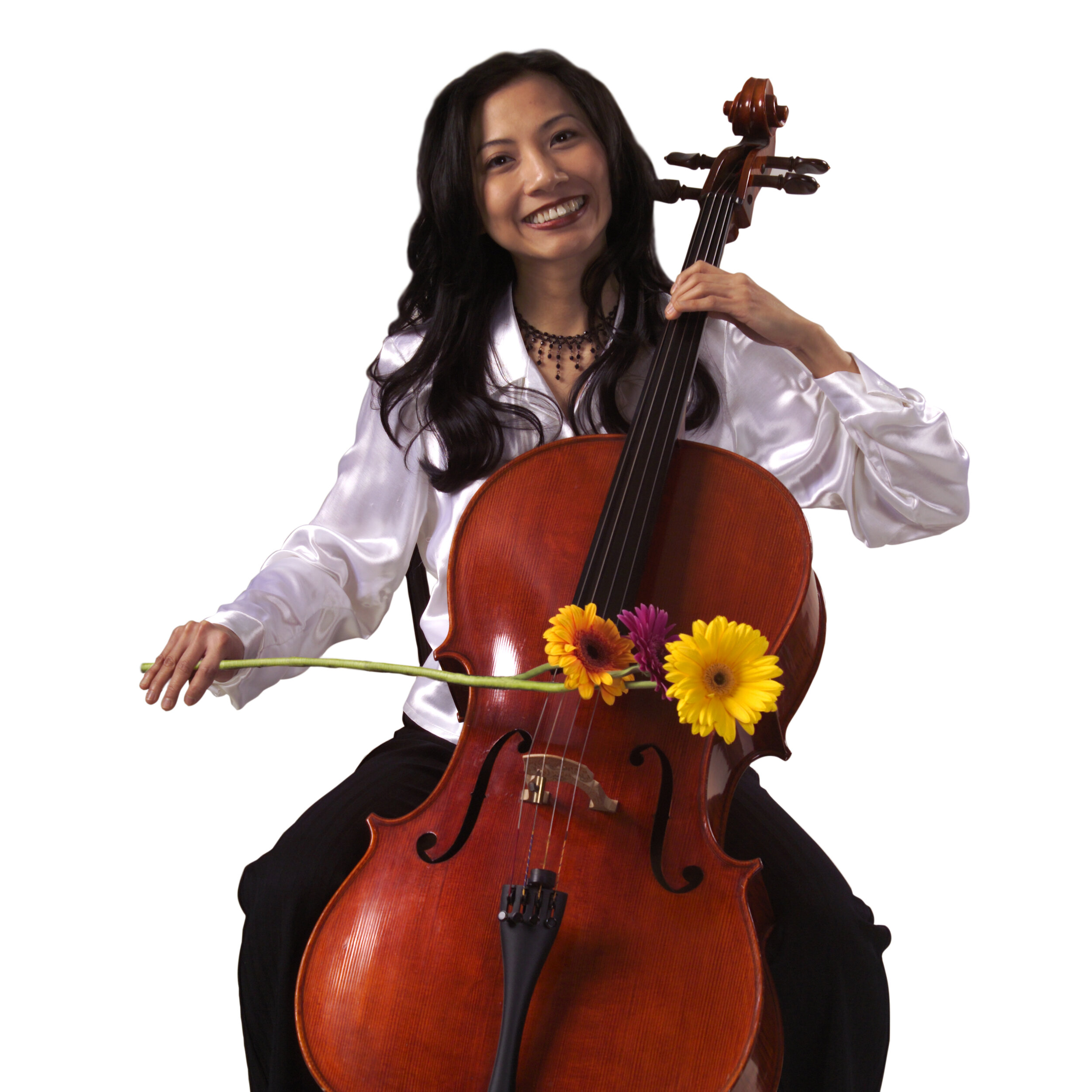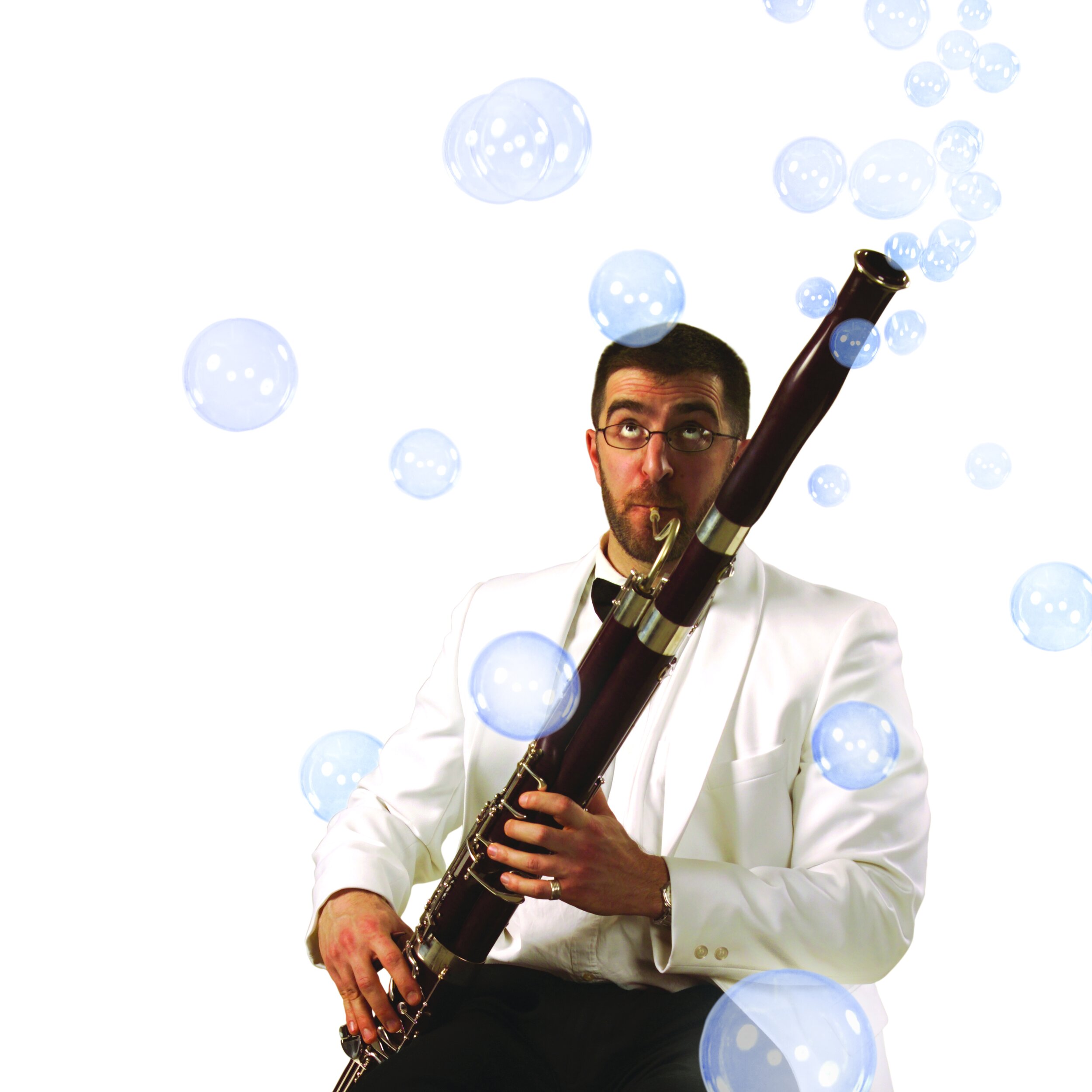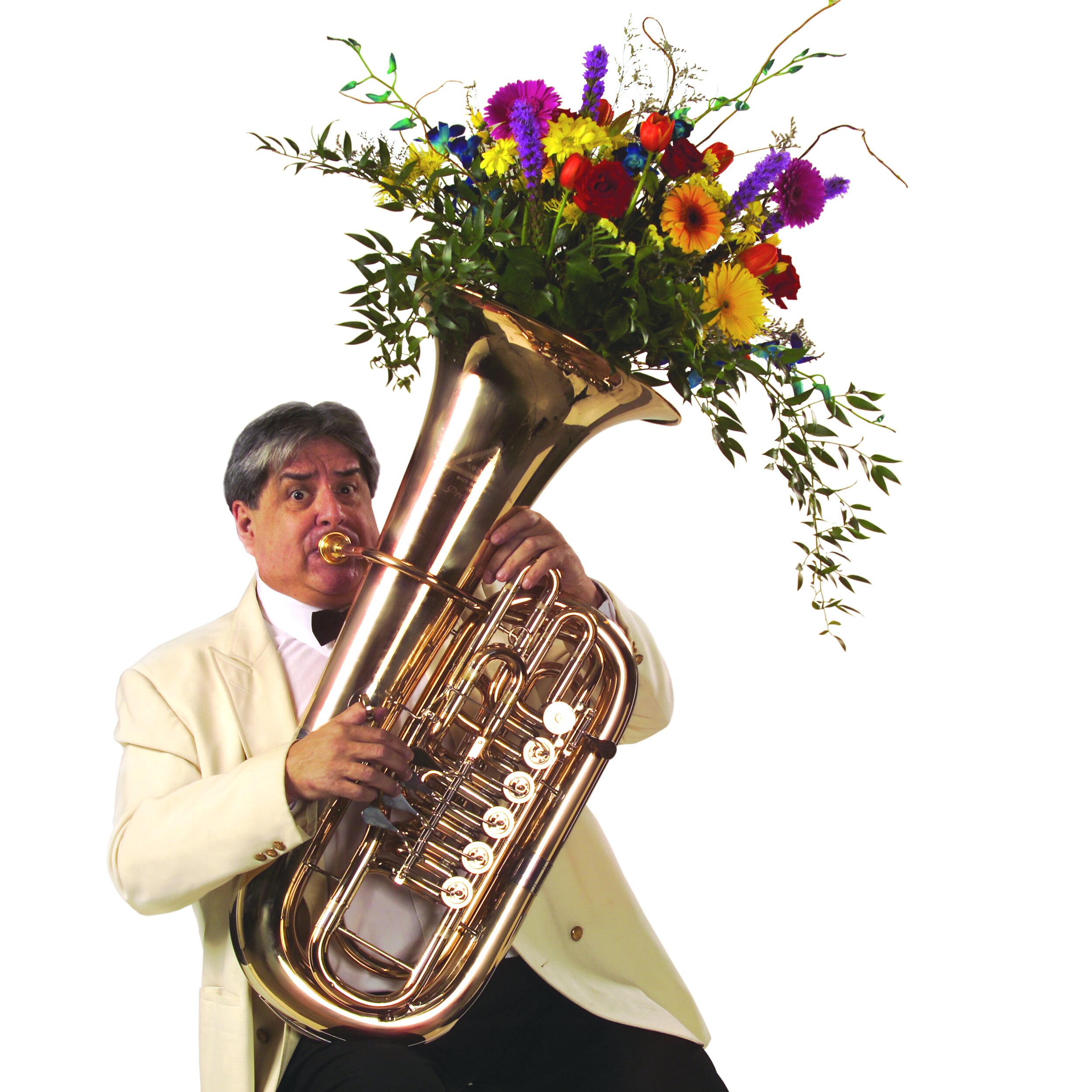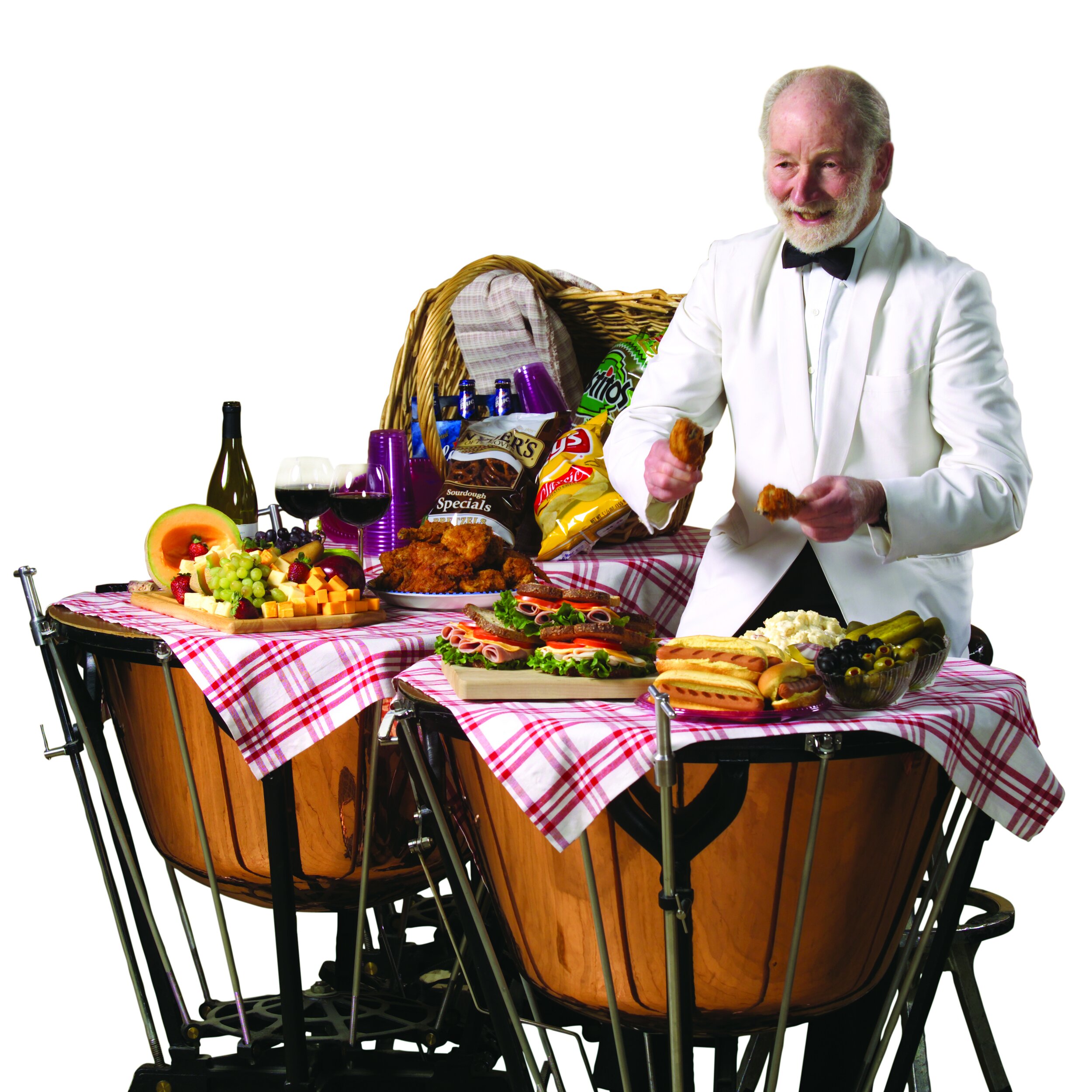BPO
We’ve got a world-renowned conductor, people dying, empty seats, union talent, outstanding music and four months to fix a problem. Easy.
I received a call from a member of the Buffalo Philharmonic Orchestra’s Board of Directors. Her message was very clear - every time JoAnn Falletta, the conductor and music director, turned to face the audience during a concert, she noticed empty seats.
These empty seats represented many things: 1.) the typical concert-goer was “older”. Let’s face it, they were old and they were dying. Hence, the empty seats. 2.) No one was filling these now vacant seats. 3.) Empty seats equate to diminishing revenue. 4.) All this jeopardizing the future of the orchestra and culture.
I was asked to come in and fix it.
“Sometimes I feel like ‘cleaner’ or the ‘fixer’ in these situations. Like the Harvey Keitel character in Pulp Fiction.”
I did not take this task lightly. Over a period of the next month, I scheduled several meetings with key players involved in the orchestra. I wanted to know what kind of resources we had to work with. The one thing I had was the orchestra was ending the formal season, heading into the lighter summer concert calendar. I saw this as an opportunity!
The less formal summer season allows us to do some unconventional things. After identifying what we referred to as an “emerging market” (couples in their 30s and 40s) we created a concert schedule that would appeal in style and interest, with a healthy dose of membership drive mixed in. We also moved our venue to an indoor/outdoor theater setting allowing for a casual, picnic-like, family-friendly atmosphere.
Now came the fun part, marketing the concept to include our emerging market while not alienating our existing “shareholders;” in fact, bringing them together to experience each other and form a bond through this musical interest.
This summer concert series would affectionally become known as “BP Ooooohhhhh Summer!” The one issue I kept coming back to is creating an emotional connection for all parties…everyone. I developed a plan to use the musicians themselves as part of the strategic plan and advertising. STOP!! Believe it or not, the musicians have NEVER been included in marketing the orchestra. The very people creating the music have never been used, let alone asked, to be part of creating their own job security (if you want to look at it that way.) I felt including the musicians would be a critical part of creating the bond between themselves, the emerging market and the invested stakeholders, as they would all get something from this relationship. Who wouldn’t like to know and meet the performers? Let’s face it, some people stand in line for hours to merely get a glimpse of rock stars, a chance encounter is like riding the back of a unicorn. We’d be offering it as a guarantee!
Rub shoulders and get to know the musicians. Easy enough, right?
The long story is these are union musicians and if I wanted to engage them I had to sit through a three hour-long meeting with the union reps, lawyers and the management side to learn what I could say and what I couldn’t say. I was told it was a waste of time and that “likely not one person would sign on.” After a rehearsal I met with the entire group of musicians, explained my plan and how I hoped they would be willing to be involved for the good of the orchestra. Without a moment of hesitation, arms started being raised in participation. I cannot recall a single person who wasn’t willing. THIS WAS A VICTORY!




With the musicians onboard, I built an advertising plan which included TV, radio, outdoor, traditional newspaper, social media, live talk broadcast interviews, print, and targeted email sweeps. The complete campaign focused on getting the public to know the musicians and feel THAT feeling of meeting them. Before and after every performance, musicians mingled among the crowds engaging in conversation and picture taking. Yes…there were autographs signed too, which only lead to the magic on both sides.
The positive results of this campaign were realized later in the year! It was during the formal season, when conductor JoAnn Falletta, turned around and saw a full audience with no empty seats. It was documented that the overall age of the audience dropped an average of eleven years. What was also noted, was an overall feeling of pride and happiness of the musicians, which translated into an overall more “positive attitude throughout the orchestra.” I’d say that’s a win.
“So many positive results. So many happy people. So many lessons learned.”
There are so many take-aways from this project, yet I believe the key learning is always remember to “mine the diamonds in your backyard” first. Identifying what you have, what will get you the farthest, and what will resonate with your market might be right in front of you. It’s what you do with it that makes a difference.